Entirely inorganic perovskites are a promising alternative to traditional perovskite solar cells, which present bottlenecks in terms of efficiency and stability. However, inorganic salts face fabrication and scalability issues. Now, a simple stabilising ligand allows all-inorganic perovskite cells with an efficiency of up to 22%, surpassing previous records and paving the way towards scalable solar cells.
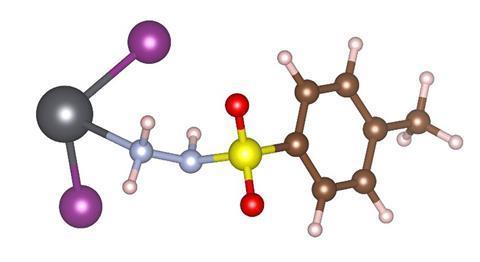
Usually, perovskites count on organic cations, such as methylammonium and formamidinium, which complete the crystal structure of lead and tin halides. Now, researchers have looked into introducing inorganic cations, like caesium or rubidium, instead, to improve stability. But cations come at a cost, and complicate scale-up, creating issues with crystallisation, as well as the oxidation of metals in the perovskite, particularly tin. The researchers suggest a straightforward solution – introducing para-toluenesulfonyl hydrazide (PTSH), a stabilising ligand to facilitate the formation of films, regulating crystallisation processes and creating an electron-rich protective environment that suppresses degradation reactions.
This mixture of perovskite and PTSH is compatible with spin-coating, a widely used technique for the fabrication of solar cells both on laboratory and industrial scales. With this strategy, demonstration devices delivered efficiencies of over 17%.
Additionally, researchers built tandem solar cells, stacked solar cells that blend the benefits of different devices, mostly to maximise solar absorption and boost efficiency. Adding the PTSH-doped lead–tin perovskite on top of a traditional inorganic perovskite yielded a combined record-breaking efficiency of 22.57%. Perhaps more importantly, the device’s durability improved too. The tandem structure maintained 80% of the initial efficiency even after 1500 hours of operation at 65ºC and 800 hours at 85ºC. This shows promise for real-world applications.
References
C Duan et al, Nature, 2024, DOI: 10.1038/s41586-024-08432-7




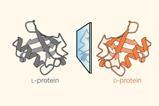
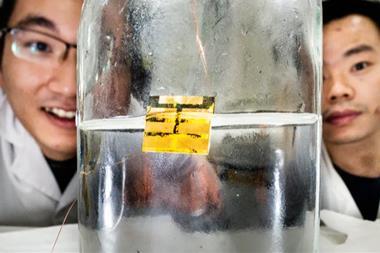

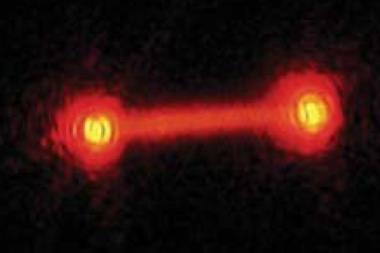
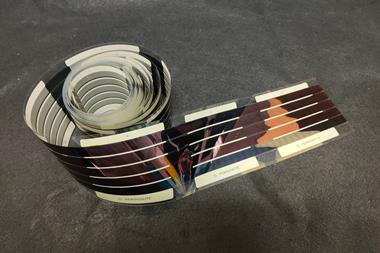

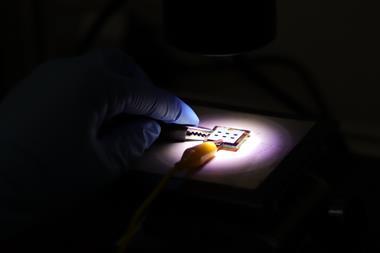


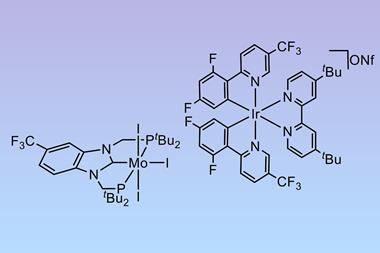



No comments yet